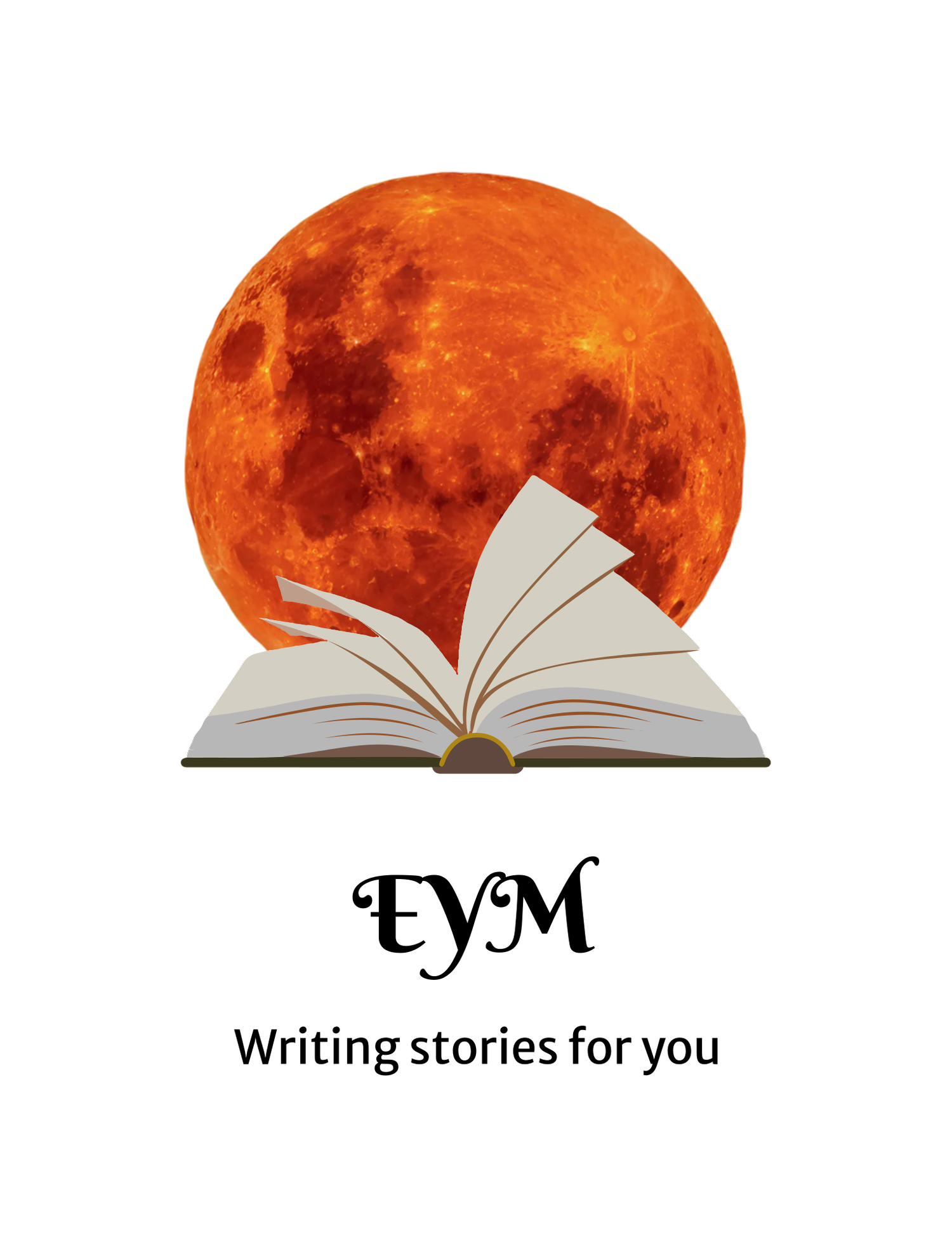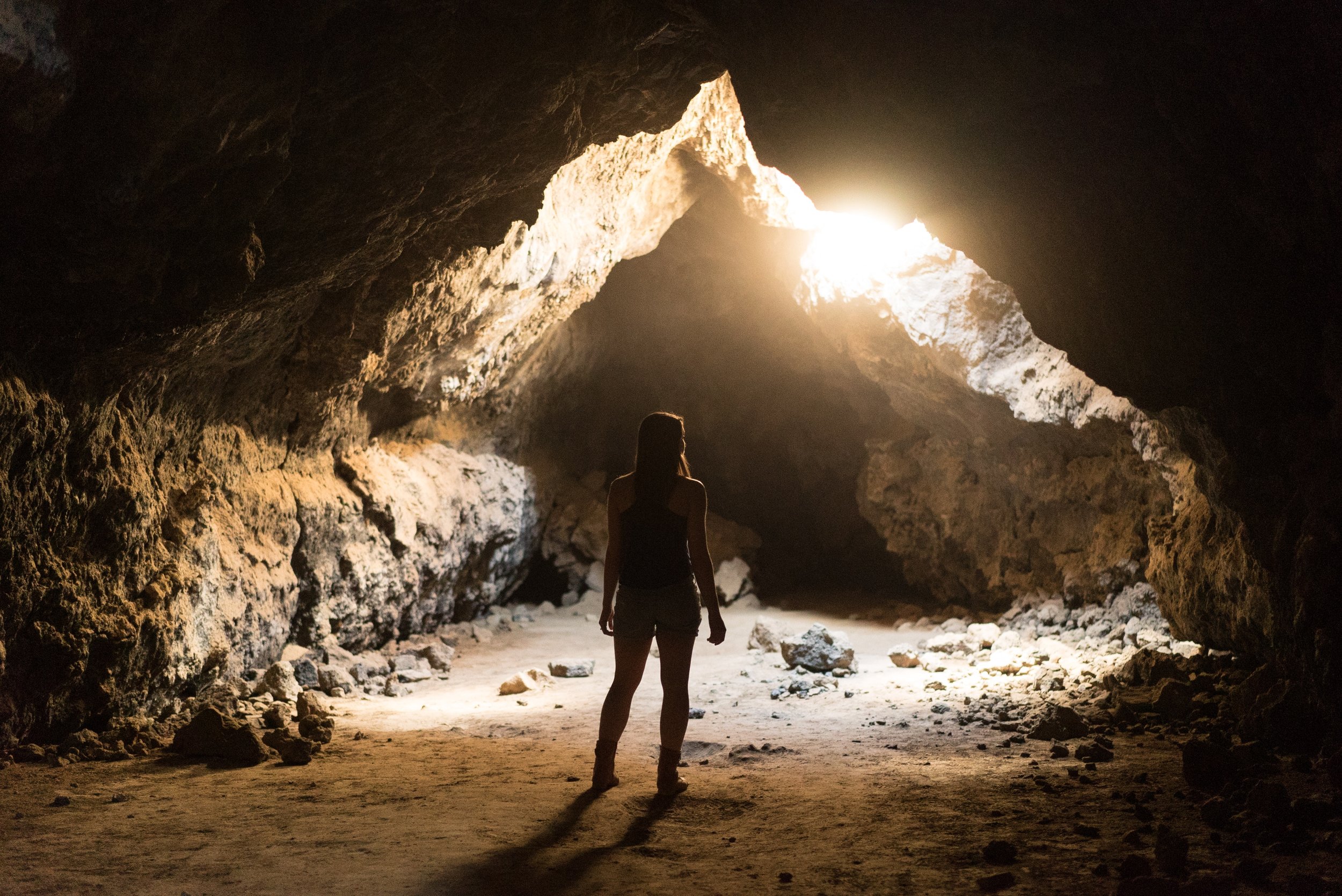20 Story Plots We Love
No matter the genre, all stories fall into these plot categories.
Hello readers and writers,
What kind of story do you love? Each plot type has a chain of events with cause-and-effect relationships that fulfill a readers expectations. We gravitate to what we’re curious about, desire or fear and go on a mental journey. What’s important is why the events matters to the main character. How did it change their life, and what they did with what they learned? How did we feel reading the book?
Below, I’ve listed 20 different plot types. A writer can incorporate more than one into their book, but the main plot will fall into one major category. To keep this article manageable, I’ll give a couple key points about each plot with examples of either books or movies. Some of the books are new releases I’ve read recently. Others are classics. Either way, they’re stories most of us have read or seen.
Quest
The protagonist will hunt for a person, place or thing and fulfill a mental mission. It is a character driven story with the focus on the mind.
Examples:
Neverwhere by Neil Gaiman
Wi by Cheryl Strayed
Adventure
This is similar to the quest plot, but the focus is more on action. The purpose is the physical journey, and it’s not important for the hero to change. Sometimes the hero does transform because the elements can mix. There is a sense of breathlessness for the reader.
Examples:
Gulliver’s Travels by Jonathan Swift
The Sea Wolf by Jack London
Pursuit
This is the game of cat and mouse. In this story, the chase is more important than the characters who take part in it. The bad guy pursues the good guy, or vice versa.
Examples:
The Hunt for Red October - the movie
Jaws - the movie
Fatal Hunt by Michelle Godard-Richer
Rescue
The hero must succeed at helping someone who is stranded, kidnapped, or stuck in a situation they can’t escape. It could be a place under siege that needs rescuing.
Examples:
The Magnificent Seven–the movie
Of Mice and Men by John Steinbeck
Escape
The main character wants to escape a situation, and this is the focus of the story. They usually start out as a victim, but the best tales show them planning a way out.
Examples:
Run Girl Run by me, Ellen Y. Mueller
The Wild Rose and the Sea Raven by Jennifer Ivy Walker
Tiny Tin House by L. Maristatter
Rita Hayworth and the Shawshank Redemption by Stephen King (novella)
Revenge
This plot is about retaliation, either real or imagined, against the antagonist.
Examples:
Hamlet by William Shakespeare
Carrie by Steven King
Sudden Impact –the movie
Unforgiven- the movie
The Riddle
This is sometimes called a mystery. Something has gone amiss, and a sleuth, either an amateur or professional, puts the pieces together.
Examples:
Death by Pins and Needles Death by Susie Black
The Warlock’s Curse by C.B. Oresky
Spirit in Tow by Terry Segan
Clash of the Titans - the movie (though there was a lot of adventure thrown into this one. )
Rivalry
The competition can take many forms. Two or more characters could fight over someone or something. A man may wage war against nature, too.
Examples:
The Old Man and the Sea by Ernest Hemingway
Lord of the Flies by William Golding
The Underdog
Everyone roots for the underdog, the unfortunate, long-suffering character. This protagonist has all the disadvantages and makes their own breaks.
Examples:
The Waterboy - the movie
Rudolph the Red Nosed Reindeer by Robert L. May
Temptation
Deep down, everyone has secret desires, but most people don’t act on them. Well… until they do. It’s a character plot more than an action plot. These types of stories examine motives, needs and impulses of human nature.
Examples:
The Dutchess - the movie
Gone with the Wind Gone by Margaret Mitchell
Metamorphosis
This is usually a story about afflicted characters, so it’s a character plot. The affliction is usually a curse of some type.
Examples:
Dracula by Bram Stoker
Pinocchio by Carlo Collodi
Transformation
Related to metamorphosis, this plot type deals with a main character changing mentally as he or she journeys through a stage of life.
Examples:
Dr. Jekyll and Mr. Hyde by Robert Louis Stevenson
Ordinary People by Judith Guest
Maturation, also known as Coming of Age
The protagonist is on the edge of adulthood, and his or her goals have yet to be clarified. He or she may be confused about their new role in life. Something happens that pushes them into maturity. My own book, Run Girl Run, has this secondary plot woven into it.
Examples:
The Perks of Being a Wallflower by Stephen Chbosky
To Kill a Mockingbird by Harper Lee
The Twenty One Year Contract by L.B. Griffin
Love
Two people fall in love, but have obstacles that they must work through to stay together.
Examples:
Pride and Prejudice by Jane Austen (one of my favorite stories)
The Notebook by Nicholas Sparks
Forbidden Love
Like the title says, two people love each other but aren’t allowed to be together for some reason. Their love is taboo.
Examples:
Romeo and Juliet by William Shakespeare
The Hunchback of Notre Dame by Victor Hugo
Sacrifice
The book is about someone making a deep personal sacrifice, either mental or physical, to save someone or something.
Examples:
Titanic –the movie
Tale of Two Cities by Charles Dickens
The Hunger Games by Suzanne Collins
Discovery
Characters are searching for understanding about themselves. The best of these stories show someone struggling with the difficulties in life.
Eat Pray Love by Elizabeth Gilbert
Goat by Brad Land (I highly recommend this memoir.)
Over-the-Top Excess
I’m fascinated by people who push the limits of acceptable behavior, and like to know what makes them tick. These stories are written about characters on the margin of society, and that makes the topic interesting.
Examples:
Scarface - the movie
Thelma and Louise - the movie (A man criticized me for liking this story, saying that there were no likable guys in the movie. I disagree. Just who the hell doesn’t like Jimmy? (played by Michael Madsen) He had to love his girlfriend a lot to drive so far to bring her money and to propose to her.) I thought the investigator, Hal Slocumb played by Harvey Keitel, was likable too.
Ascension
Someone has humble beginnings and is swept into a higher station in life. Think rags-to-riches for this plot type.
Examples:
Pretty Woman –the movie
Cinderella by Charles Perrault
Descension
Someone falls from grace or a higher station in life because of greed, ambition, morals, ego or perhaps aggression. These same traits served them well in the past, but the character goes too far.
Examples:
All the King’s Men by Robert Penn Warren
The Godfather –the movie
Several of the above examples had more than one plot type woven into the stories. In my humble opinion, a blend adds depth. If there’s interest in learning more about a particular plot type, I can write an article, detailing it further. Let me know below.
If you’ve written a novel or novella, drop a comment below and tell us the main plot type of your book. If you’ve read a book you love and want to share the plot type, also drop a comment. I love to hear about what people read.
Don’t forget to sign up for my newsletter, down below. I promise not to spam you every week, and your email is safe with me.
Finally, don’t forget to check out my book, Run Girl Run. You can click on the book cover and read the first chapter for free on Amazon.
Thank you for stopping by.


